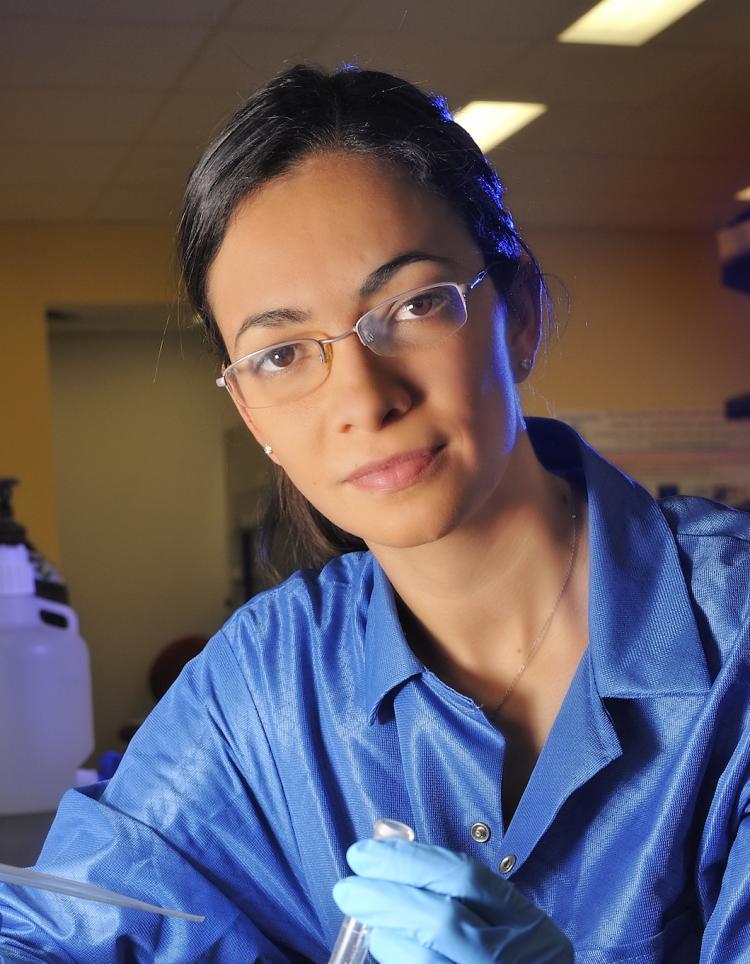Vance earns $1.25 million Sloan Foundation air quality grant

The goal of the Sloan Foundation Program in the Chemistry of Indoor Environments is “to grow a new field of scientific inquiry focused on understanding the fundamental chemistry taking place in indoor environments and how that chemistry is shaped by building attributes and human occupancy."
This project is being lead by Vance and Delphine Farmer, an associate professor in Chemistry at Colorado State University.
The project includes three initiatives:
- A community-building effort to bring together researchers from different disciplines to investigate the chemistry of indoor environments;
- A data-infrastructure effort to develop a data-sharing platform and best practices for this community;
- And an interdisciplinary, collaborative indoor “field study” that will include a team of about 20 researchers in Summer 2018.
The field study is called HOMEChem: House Observations of Microbial and Environmental Chemistry. It will take place at the University of Texas at Austin’s test house in the summer of 2018, incorporating measurements from multiple research groups to identify the most important aspects of the chemistry that controls the indoor environment.
“We will use atmospheric chemistry instrumentation to look at the chemical reactions that take place in our homes during everyday activities, such as cooking and cleaning," says Vance. “This is an unprecedented study in terms of the level of detail we will be able to achieve and the types of chemical compounds we will be able to detect."
This research project also includes several science communication approaches, such as a web portal that will serve internal Sloan grantees, external researchers in related fields, and other stakeholders, such as funding agencies, industry, and the general public. This website will be linked to the data storage infrastructure and will host active communication initiatives, such as newsletters, a YouTube channel and social media accounts. As part of this project, a collection of monthly videos will be developed to cover topics of general interest related to indoor air quality and health.
To keep up with news about this project and to learn more about the chemistry of indoor environments, follow @IndoorChem on Twitter.

